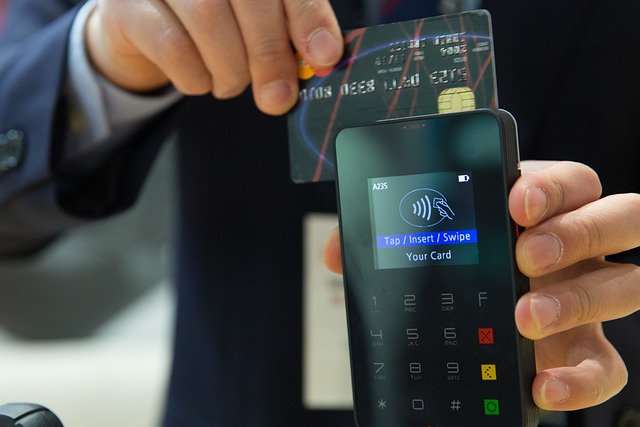Kevin O’Connell, Chief Product Officer at Trust Payments
The payments sector is going through an exciting change. Consumer expectations and economic pressures have encouraged widespread innovation from Crypto to Open Banking and QR Codes to Wearable technology.
The economy is bracing for a challenging year as inflation and soaring interest rates impact consumer spending. Merchants must be flexible and adapt to keep up with the competitive landscape and consumers’ ever-changing needs and wants.
Remaining agile and innovative is easier said than done when barriers to entry in payment tech are high. Whether it’s integrating into existing systems and strict regulation, or consumer suspicions and security, friction is likely.
There is a gap in consumer and merchant knowledge surrounding the emerging payment methods disrupting the sector, which can potentially slow down progression in the long term. Merchants must collaborate closely with partners to help create an innovative and successful payment experience.

The domination of digital payments
Digitisation has taken payments to levels beyond what experts and analysts could predict. Research shows alternative digital payments like mobile payments and QR payments are on the rise as they become widely available and are perceived as cheaper by consumers.
Consumers have complex needs that must be secure, while catering to their individual needs. Adopting new entrants to payment tech can improve customer satisfaction, unlock new consumer groups and streamline business operations.
Merchants face legislation challenges with evolving best practices battling with outdated infrastructure, costs, and increased friction with system integration. Keeping operations up to date is critical, and making changes to payment systems can be daunting for merchants with extensive trialling, compliance and team training needed to launch successfully.
Delivering a consistent customer experience
The last thing merchants need is failing payments or fraudulent transactions to disrupt the payment process, as consumers are spoilt for choice and can jump ship to competitors with the click of a button. Demand for immediacy from consumers means merchants must deliver a single and consistent payment experience across channels to make alternative payment acceptance as easy as possible.
One way to deliver a consistent payment experience is through Cloud Payment Application Programming Interfaces (APIs). Cloud APIs optimise the payments process for merchants by connecting old and new technology easily, to execute the latest alternative payment solutions without disruption.
The power of mobile
Merchants who accept card payments will be familiar with Point of Sale terminals. Mobile-powered POS such as iOS and Android excel when delivering smarter payment solutions to consumers, as integration into existing systems is simple. Mobile iOS and Android give merchants access to a comprehensive, multi-channel map of all customer data across all customer touchpoints.
Performance, security, reliability and scalability are key for payment acceptance. Mobile iOS or Android POS payment terminals have the payment flexibility customers desire, and the connectivity staff need to take payments anywhere. These terminals offer stronger security and have a highly customised interface. Updates are also carried out in the background on Android and iOS without disrupting daily operations.
Empowering merchants and customers
As alternative payments have emerged, millions of people and merchants have benefited from innovative services with added value. However, a lack of communication within the payments ecosystem has meant knowledge and adoption among merchants and consumers have not been as successful as they could be. Merchants and consumers have been happy to minimise risk and limit themselves to certain set products, which is preventing progress.
Sharing access to financial data can allow customers to benefit from new, tailored services. Investing in the education of teams will help pass on the knowledge and benefits of alternative payments to customers. Merchants and consumers must reconcile and communicate openly to build confidence in the abilities of the new entrants in payments to drive growth and sustain innovation.
Sustaining payment innovation in 2023
Merchants are under pressure to facilitate alternative payments, which creates challenges for merchants and users across channels. Innovations in cloud APIs and Mobile-powered POS such as iOS and Android are making it easier than ever to integrate old technology with the new.
As we settle into 2023, it’s essential merchants work with the payments industry to educate consumers on the power of data to transform how they pay. If merchants remain slow to adopt new and innovative payments, the sector will stagnate, which could have long-term implications, particularly during a turbulent economic climate.







